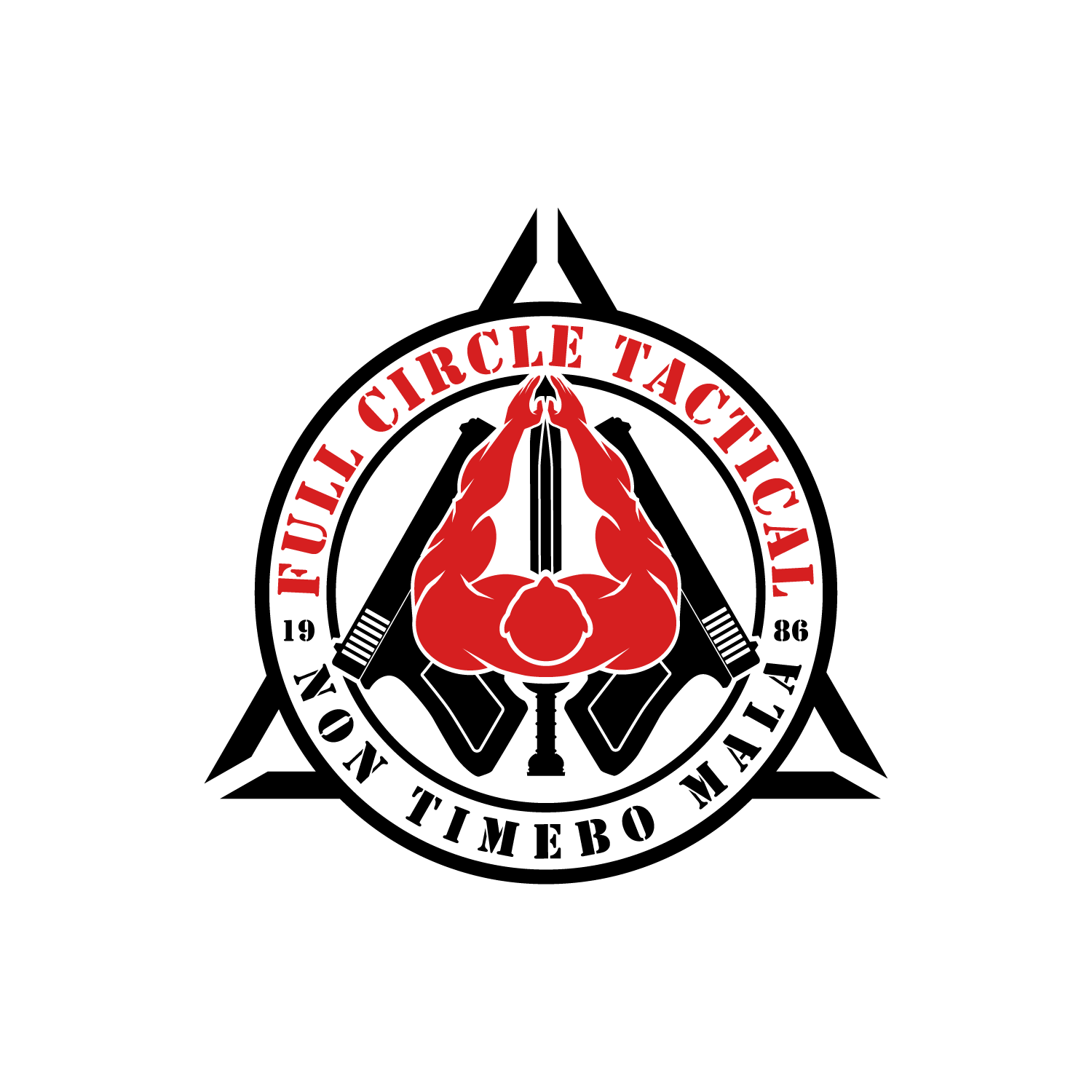BLOOM TAXONOMY PART 2
Bloom Taxonomy explained.
The Bloom taxonomy is a valuable educational tool that can significantly enhance the learning process. Developed by Benjamin Bloom, this taxonomy provides a framework for organizing and categorizing different levels of learning objectives. By understanding and applying the principles of Bloom’s taxonomy, instructors at Full Circle Tactical Training Academy can create instructional materials that promote higher-order thinking skills and facilitate deeper learning experiences for students.
The taxonomy consists of six levels of cognitive thinking arranged in a hierarchical order.
These levels are:
1. Remembering:
At this initial level, learners are focused on recalling facts, information, or previously learned concepts. This can be achieved through memorization, repetition, and simple comprehension tasks. Remembering is the foundation upon which higher levels of thinking can be built.
2. Understanding:
Once learners have remembered the information, they need to move to the next level of understanding. Here, students grasp the meaning, interpretation, and significance of their acquired knowledge. This involves comprehending concepts, explaining ideas in their own words, and organizing information into meaningful patterns.
3. Applying:
Applying refers to using acquired knowledge in real-life or practical situations. Students demonstrate their understanding by applying concepts, techniques, or principles in new and relevant contexts.
This level of thinking helps students transfer their knowledge and skills to different scenarios, promoting a deeper and more practical understanding of the subject matter.
4. Analyzing:
Analyzing requires students to break down complex information into its parts, identifying relationships, patterns, and connections. Learners critically examine information, evaluate its components, and draw meaningful conclusions. This level of thinking encourages students to delve deeper into the subject matter, enabling them to see the bigger picture and understand the underlying structures.
5. Evaluating:
Evaluating involves making informed judgments, assessments, or decisions based on criteria and evidence. Students at this level can analyze information critically, consider different perspectives, and form their own opinions. They can assess the reliability and validity of information and make judgments about its quality or effectiveness.
6. Creating:
The highest level of the taxonomy, creating, involves generating new ideas, solutions, or products by combining previously learned knowledge and skills. Students use their creativity and higher-order thinking abilities to design, synthesize, or produce something new. This level empowers learners to think innovatively, apply their knowledge in novel ways, and contribute original ideas to a given field.
By incorporating Bloom’s taxonomy into instructional design, educators can create learning experiences catering to different thinking levels. This promotes a more holistic and comprehensive understanding of the subject, fostering critical thinking, problem-solving skills, and a deeper engagement with the material. Students become active participants in their own learning, developing higher-order skills that are essential for success in both academic and real-world contexts.
In conclusion, Bloom’s taxonomy offers a structured approach to learning and instruction that goes beyond rote memorization. By progressing through the different levels of the taxonomy, learners can develop a deeper understanding of the subject matter, think critically, apply knowledge effectively, evaluate information, and create new ideas.
Joshua Barbosa
Founder/Chief Instructor
“If you can't be safe, be dangerous”

